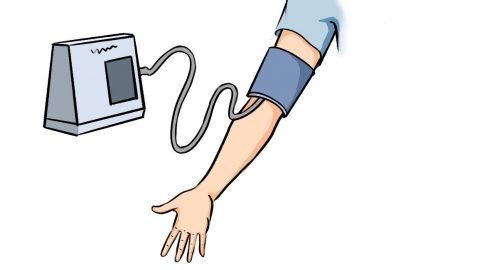Is a blood pressure reading of 143 (systolic) and 90 (diastolic) normal?
The term "high pressure 143, low pressure 90" refers to a systolic blood pressure of 143mmHg and a diastolic blood pressure of 90mmHg. Generally speaking, a systolic blood pressure of 143mmHg and a diastolic blood pressure of 90mmHg fall outside the normal range and are considered to be indicative of hypertension (high blood pressure). If physical discomfort occurs, it is advisable to seek medical examination and treatment at a hospital as soon as possible. A detailed analysis is as follows:

The normal range for systolic blood pressure in adults is generally between 90mmHg and 139mmHg, while the normal range for diastolic blood pressure is between 60mmHg and 89mmHg. Hypertension can be diagnosed when the systolic blood pressure is ≥140mmHg or the diastolic blood pressure is ≥90mmHg. A systolic blood pressure of 143mmHg exceeds the upper limit of 140mmHg; therefore, from the perspective of systolic pressure alone, it has already met the diagnostic criteria for hypertension. Meanwhile, a diastolic blood pressure of 90mmHg, although at the borderline of the normal range, is also considered elevated.
Maintaining blood pressure at this level over a long period increases the risk of heart disease, stroke, kidney disease, and other conditions. If repeated blood pressure measurements consistently fall at this level, or if symptoms such as headache, palpitations, or chest tightness are present, this indicates the presence of hypertension, and timely medical attention and appropriate treatment are necessary.
Patients should actively adjust their lifestyle, including maintaining a balanced diet, engaging in moderate exercise, and cultivating a positive mental outlook, in order to help stabilize blood pressure within a healthy range.




